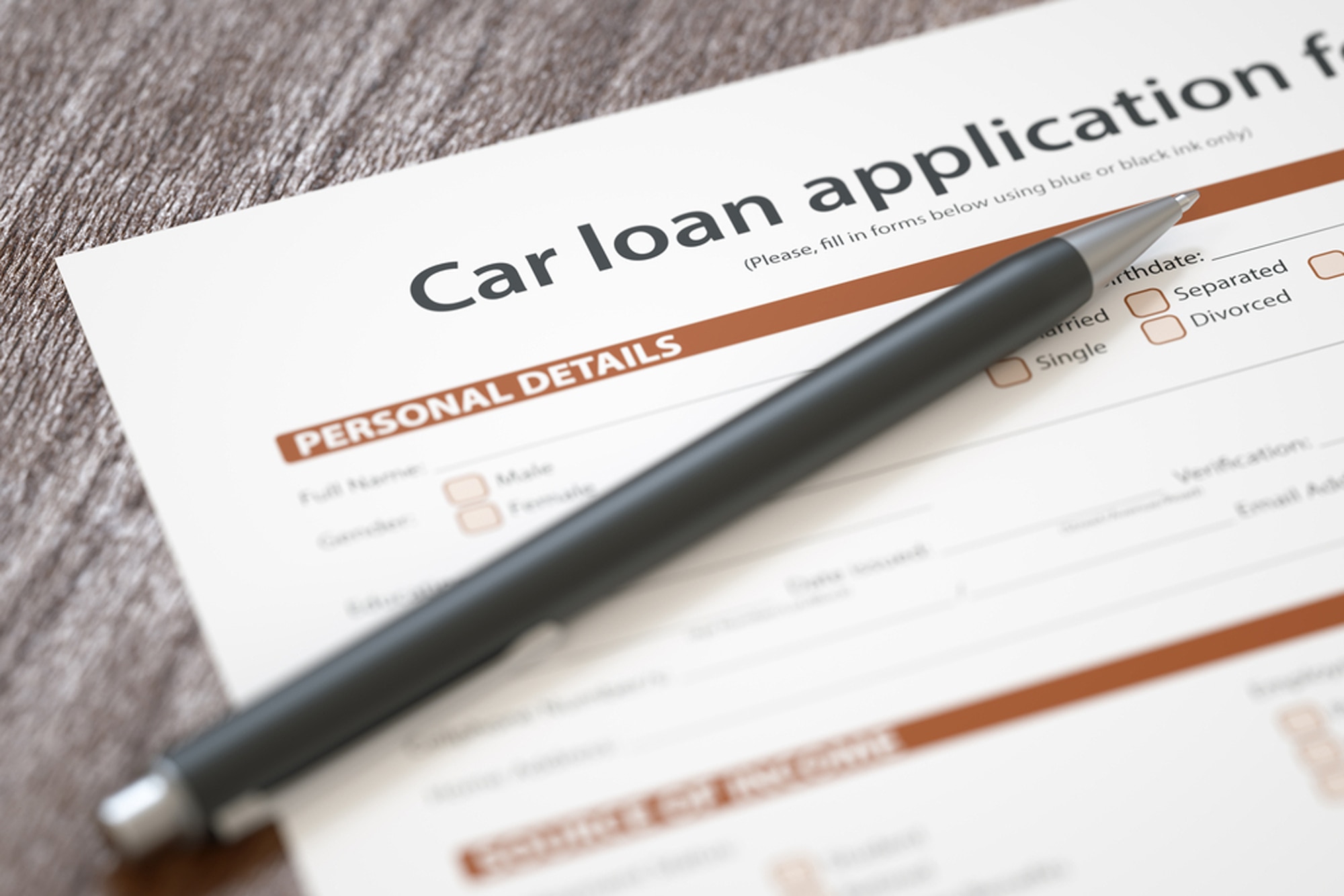Long-Term Loans: What To Know About an 84-Month Car Loan
Getting the right car is key if you're investing in an 84-month car loan. Here's what to know about this option.
 Shutterstock
Shutterstock
When shopping for a new car, you want to have the sticker price, monthly payment, and maintenance costs in mind. If the add-ons, customizations, and packages quickly add up to a higher total sticker price than you expected, a longer-term 84-month car loan can help you keep the car payment manageable.
Taking on a car loan for seven years comes with risks related to changing personal finances, impacting whether your total loan payment is something you can afford, as well as concerns about owing more on the loan than the car is worth. However, the benefit of spreading out your costs over 84 months of payments is a more affordable payment per month, which can have a very positive effect on monthly cash flow. Consider both the possibilities and challenges of an 84-month loan before choosing one.
Advantages of an 84-Month Car Loan
Few people are deliberately aiming for an 84-month car loan when they start shopping, simply because they are less common than shorter 60- and 72-month car loans. Having the option of spreading out your payments over 84 months can be valuable if your monthly budget on a shorter loan term is too tight. In the year between January 2021 and January 2022 alone, the Bureau of Labor Statistics estimated inflation in new car prices ballooned by 8.9%. That's about a $7,200 increase in price for cars and SUVs in 2022. An 84-month loan can help you hit your goal for your monthly payment, even if you exceed your expected purchase price, since spreading out the price over more time can create smaller monthly payments.
While sometimes buyers choose to buy a less expensive car instead of pursuing an 84-month car loan, one advantage of the 84-month loan is that it can help you buy a car you intend to keep for the long term. If you don't intend to sell this car any time during the life of the loan and instead want it for its long-term driveability, a seven-year loan can be a viable way to afford it month by month.
Disadvantages of an 84-Month Car Loan
Longer loans are at risk for a substantial period of negative equity, when you owe more on the car than its current value if you were to sell it. This matters less if you intend to drive the car for the seven years that you owe your loan, but a lot can happen in seven years. The risk is that, if the car is totaled or if you can no longer afford to keep it and need to sell it, you might still owe the lender more than you make through an insurance claim or selling the car. If you then have to purchase a different car, you may strain your budget by paying the past loan while also paying on a different car.
Your total interest paid by the end of the seven years may be substantially more than you'd pay on a shorter-term loan, increasing the overall cost of the car. You are likely to have more repair bills after the first few years of a car's life, potentially increasing how much you spend on transportation in ways you might not have anticipated.
Top Considerations When Assessing an 84-Month Car Loan
These longer loans are growing more common as car prices rise while car buyers still want a reasonable monthly payment, so it is possible you've found the right loan for you at this length. However, you want to evaluate your options first and make sure you've accurately estimated the risks and rewards of your loan.
A shorter loan may work better if:
- You can spend more time saving up for a larger down payment, therefore reducing your monthly payment or even giving you the option for a shorter loan
- You qualify for a lower interest rate for a shorter loan, as this could significantly reduce your long-term interest costs compared to an 84-month loan
- You don't want the risk of owing more on your car than it is worth for a large part of the life of the loan
You might choose a longer loan if:
- You have specific family, job, or other circumstances that make a more expensive car a better choice for you and your situation than any less expensive car available in your area
- You are comfortable with the potential for negative equity, and are saving on the side to pay the difference if you ever have to sell the car during the life of the loan or need to pay for maintenance and repairs
Bottom Line
Consider getting quotes for different car loan lengths. Once you've evaluated the risks of negative equity and higher costs long-term, you can make the decision with your eyes open and prepare for the future with confidence.
Written by humans.
Edited by humans.
 Laura Leavitt
Laura LeavittI love a good spreadsheet and will happily calculate compound interest all day, but my biggest focus is helping people achieve their financial goals. That could be saving up for a dream car or calculating the right car payment for your budget so you can get a reliable daily driver. I research and write about personal finance so that making great financial choices becomes easier for us all.
Related articles
View more related articles